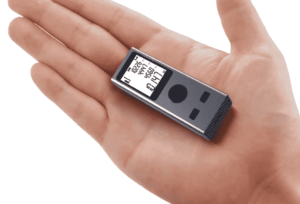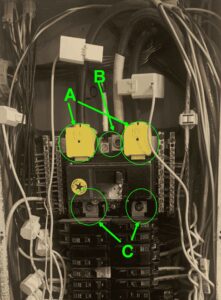
This blog article talks about a situation that comes up frequently in all of our daily lives — removing the front cover of a circuit breaker panel and working on the panel. The main point of today’s article is that in the circuit panel shown at right, we recently added the two yellow caps shown at A. This makes the circuit breaker panel less dangerous. Continue reading “Making a circuit breaker panel less dangerous”

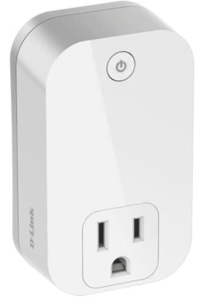
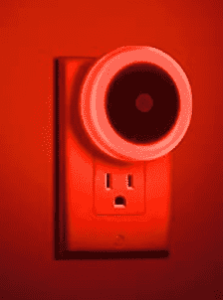
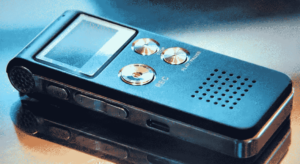
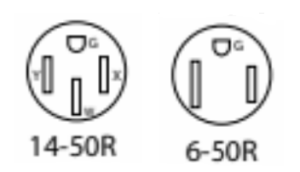 If you are like most folks these days, you are getting ready to install an EV charger at your home. You agonize about whether to get this brand of EV charger or that brand of EV charger. And then just as you think you figured everything out about which EV charger to purchase, you smack into a wall. The charger is available with two kinds of plug, a so-called “6-50” plug or a so-called “14-50” plug. Which variant of the EV charger should you choose? Which plug is the right one to pick?
If you are like most folks these days, you are getting ready to install an EV charger at your home. You agonize about whether to get this brand of EV charger or that brand of EV charger. And then just as you think you figured everything out about which EV charger to purchase, you smack into a wall. The charger is available with two kinds of plug, a so-called “6-50” plug or a so-called “14-50” plug. Which variant of the EV charger should you choose? Which plug is the right one to pick?